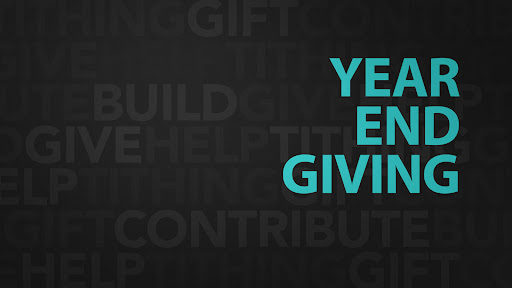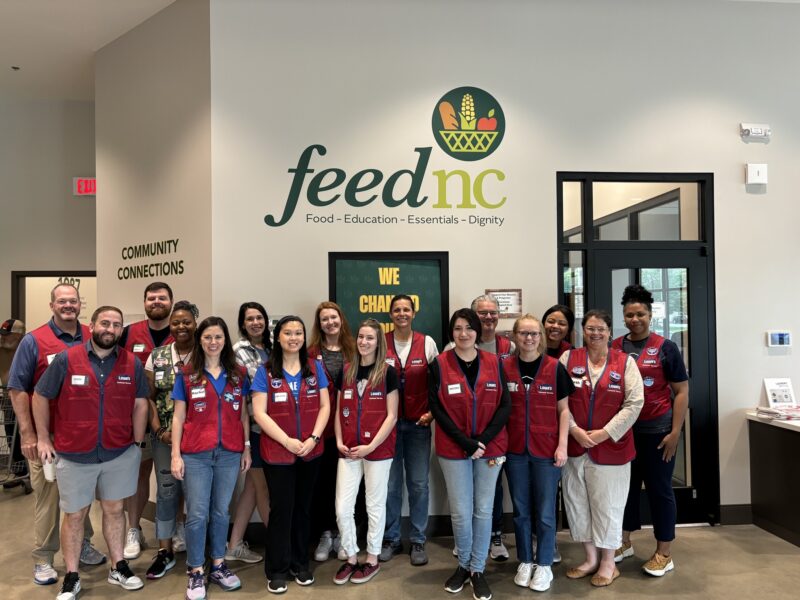
How Does the “One Big Beautiful Bill” Affect Charitable Giving?
H.R. 1, commonly known as the One Big Beautiful Bill Act, was signed into law on July 4, 2025. This sweeping piece of legislation touches nearly every sector of the U.S. economy, including philanthropy. Several key changes are especially relevant to fundholders and donors.
For Itemizers
What has changed: Beginning in 2026, there will be a new floor on charitable contributions, as well as a new reduction in tax benefits for taxpayers in the top income tax bracket:
- Minimum threshold: Taxpayers now only receive tax benefits for charitable giving that exceeds 0.5% of their adjusted gross income. For example, if a donor’s AGI is $200,000, they can only deduct giving in excess of $1,000.
- Benefit reduction: The deduction rate for those in the top income bracket drops from $0.37 to $0.35 per dollar donated, capping the tax benefit at 35%. This means taxpayers in this bracket will receive a $350 deduction for every $1,000 donated instead of the previous $370. Note: the current rule allowing a full deduction for individuals taxed at the 37% rate still applies for 2025.
What to consider: Gifts to donor advised funds count toward the minimum threshold for charitable deductions, so those who are able may want to “bunch” multiple years of giving into a single tax year. Bunching can help exceed the 0.5% threshold and maximize the tax benefit, while still allowing donors to support nonprofits with grants from their fund over time.
Fundholders may also want to consider making gifts in 2025 before the tax benefit decreases – and especially during this time of particular need in our nonprofit community.
This is a great time to make a contribution to your FFTC Donor Advised Fund, or establish a donor advised fund to receive “bunched” gifts if you don’t yet have one. Contact our team to get started.
For Non-Itemizers
What has changed: Beginning in 2026, individuals who don’t itemize can claim a charitable deduction for cash gifts of up to $1,000 for individuals and $2,000 for couples filing jointly.
Why it matters: The bill offers potential benefits for the 90% of taxpayers who do not itemize, even for smaller donations. And now is a great time to introduce charitable giving to younger generations who are just getting started in their careers and philanthropic journeys.
What to consider: Gifts to field of interest funds, scholarship funds, Community Impact Funds and direct gifts to nonprofits are all eligible for this deduction. Note that gifts to donor advised funds and supporting organizations are not eligible.
Estate Planning Considerations
What has changed: The estate tax exemption is now permanent and will increase slightly next year.
- For 2025, the exemption is nearly $14 million for individuals and just under $28 million for couples.
- Starting January 1, 2026, the estate tax exemption will increase to $15 million for individuals and $30 million for couples filing jointly, and indexed for inflation beginning in 2027.
Why it matters: Planned giving can be a meaningful and effective estate planning tool. With the estate tax exemption now permanent and increasing, taxpayers can make more informed decisions about your charitable legacy.
What to consider: For estates that are likely to exceed this limit, advanced gifting and estate strategies will be important to consider. Now is a great time to establish a planned gift for the causes you most value, or update your estate plan. In addition, those with smaller estates might consider accelerating gifts during their lifetime to benefit from the charitable income tax deduction and maximize the impact of giving. FFTC can work with you and your advisors to get started.
For Corporate Donors
What has changed: Beginning in 2026, there will be a new floor on charitable contributions for corporate donations, requiring corporations to contribute at least 1% of their taxable income to qualify for a charitable tax deduction. Only donations above the 1% floor will be deductible.
Why it matters: If a company’s charitable giving does not meet this threshold, it will not receive the tax benefits of past years.
What to consider: “Bunching” gifts in a single year, then granting out over time, is a strategy to consider for maximizing the tax benefits of a corporate giving program. Your FFTC Donor Advised Fund is a useful tool for implementing this approach.
FFTC as a Resource
We recognize that charitable giving is driven first and foremost by generosity and the desire to improve our community, rather than potential tax benefits. Our team of experts is here to help donors amplify their unique impact and maximize the dollars available to give.
If you or your advisor would like to talk about how the new provisions impact your giving or to explore your options, we welcome a conversation!
Connect with us at philanthropy@fftc.org.




